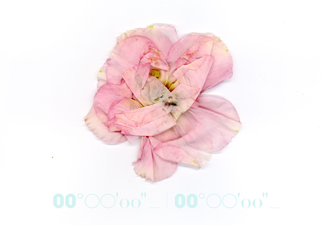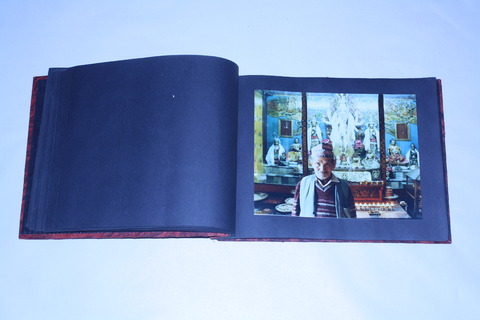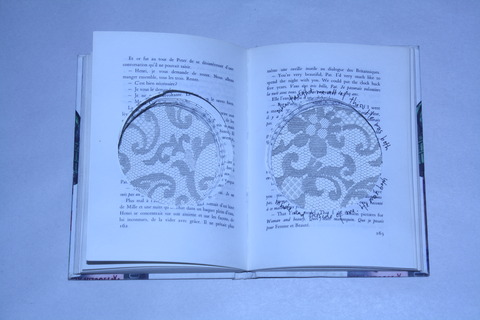Saturday's Workshop
The first Humanity perfume workshop was a success! The weather was beautiful, and spending an afternoon in the garden smelling and talking with a great group of people was very enjoyable.
This workshop introduced some of the natural and synthetic raw material ingredients used to compose a perfume. Although perfumery is a skill in which the more training one has the more expertise one will acquire, I believe it is similar to other arts like painting and cooking, where anyone can learn the basics.
We started by smelling patchouli and bergamot oils. Most people recognize patchouli as "the hippie scent," but few people know how much patchouli is used in commercial perfumery, such as in Prada and Lovely. Natural patchouli has over 140 chemical constituents, and cannot be replicated in a laboratory. I showed everyone a gas chromatography readout of patchouli oil (basically, there is a machine which you can put a tiny drop of oil or perfume into, and it will read out all of the chemicals contained in that), to show that even the most minute amounts of an ingredient contribute to a scent's distinct character.
We also talked about the aromatherapeutic qualities of natural patchouli oil. A reference book I like to use called Scent and Psyche says, "Patchouli has an arousing quality that provides an antidote for moods of apathy or indifference; it is likewise helpful for mental confusion or indecision."
Although the use of natural oils in perfumery is prized, there are times when synthetics are advantageous. Take the example of Indian Sandalwood. In India, many of the oils produced stay in-country, because India consumes a lot of oils for incense and flavoring their tobacco. The sandalwood tree is on the endangered species list, and each tree needs to reach maturity before the oil is extracted, which takes forty years. In such cases, the synthetic ingredient is a much more conscious option to use. We compared the scents of a natural Indian Sandalwood oil to that of Bacdanol, one of its synthetic counterparts. It's very interesting to hear all of the comments of people smelling in a group. Do we all have the same sense of smell? Do our personal histories and memories shape how we perceive a smell? Without the language to accurately describe smells, what words can we use to communicate what we smell?
We also spent some time smelling a variety of synthetic materials: Ambroxan, a luscious amber frequently used in men's scents; Calone and Adoxal, two powerful marine scents; Aldehyde C14, the unmistakeable scent of artificial peach; Floralozone, which, as Jason said, smells like lilypads; Phenylacetic acid, the overpowering scent of an animalic honey; Cashmeran, a pine-inflected amber that's reminiscent of a handsome man; Stemone, which smells like the freshly cut stem of a fig tree; and Veltol +, which really should've just been named cotton candy.
The workshop ended by smelling three commercial fragrances and seeing if we could begin to break down the scent, recognizing that perfumes are, at their core, a collection of ingredients. And the first step to learning perfumery, is learning the ingredients.
Thanks to all those who RSVPed and responded with kind words in support of the Humanity perfume project, and a big thank you to the Open Space Alliance for lending me their tent!

 August 3, 2009 at 14:29 |
August 3, 2009 at 14:29 |  1 Comment
1 Comment 















Reader Comments (1)
tiffany1837jewelry
tiffany1837co
tiffany jewellery
tiffany1837online
t925silvertiffany
iloveyou925